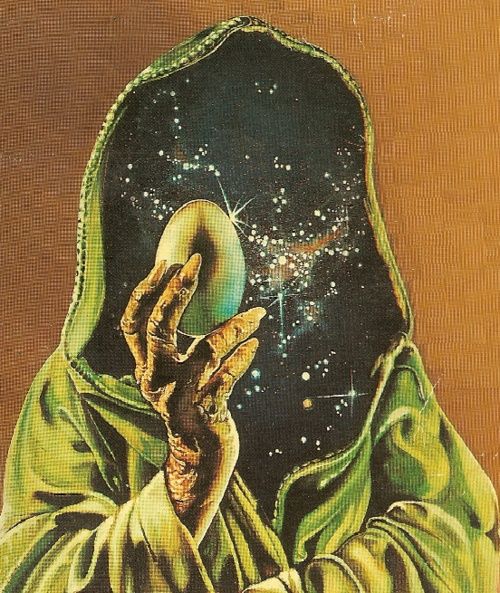Aspects
| Classical Elements | Card Suits (Tarot, French) | Jung | Psychosophy /Attitudinal Psyche | Temporistics |
| Fire (Spirit) | Wands, Clubs | Intuition | Will/Volition | Future |
| Air (Mind) | Swords, Spades | Thinking | Logic | Eternity |
| Water (Soul) | Cups, Hearts | Feeling | Emotion | Past |
| Earth (Body) | Pentacles, Diamonds | Sensation | Physics | Present |
Positions
| Four Humors* | Adler** | Jung*** | DISC (w/alternate names) | Psychosophy | Attitudinal Psyche | Temporistics |
| Choleric | Ruling | Dominant | Dominant /Directive | Hammer | Confident | Target (Purpose) |
| Sanguine | Socially Useful | Auxiliary | Influence /Inspiring | River | Flexible | Creative (Tool) |
| Melancholic | Avoiding | Inferior | Conscientious /Cautious | Ulcer | Insecure | Pain (Criterion) |
| Phlegmatic | Leaning | Tertiary | Steadiness /Supportive | Trifle | Unbothered | Blind (Resource) |
* Yes, I am aware that the four humors are traditionally associated with the four classical elements, and the reader might have expected them to be presented in the first table. However, I believe that a better parallel can be drawn to the AP positions, as should be obvious from consideration of the chart above.
** Explanation:
Alfred Adler (1879–1937) measured “activity” (connected with “energy”) against “social interest”, yielding the four “styles of life”:
link
- Ruling or Dominant type: high activity, low social interest
- Getting or Leaning type: low activity, high social interest
- Avoiding type: low activity, low social interest
- Socially Useful type: high activity, high social interest
High activity corresponds to self-positive and high social interest corresponds to others-positive.
*** In my assessment, there are two distinct components of Jung’s Psychological Types that can be compared to the AP positions. The first one, which is more apparent, is the Hierarchy of Functions. These positions within the Jungian self-structure do indeed align with the priority order of the positions, from 1st to 4th.
However, I also see another parallel between the positions and Jung’s Attitudes of Extraversion and Introversion. This connection arises from the fact that these Jungian Attitudes reflect an individual’s receptivity or aversion to information from the outside world. An introverted type, with an introverted dominant function, focuses on internal sources for valuable insights, while an extraverted type looks outward. Hence, I perceive the 1st and 3rd AP positions as introverted in nature, and the 2nd and 4th positions as extraverted.
I would like to emphasize that one of the distinctions made by the creator of AP, in comparison to PY, is that AP places less emphasis on the hierarchical significance of the positions in terms of habitual psychological attention and energy. Upon reading this claim, I was inspired to conceive of these positions not solely as a hierarchy of varying psychological importance but also as different approaches or perspectives. Interestingly, “attitudes” happens to be both the name of the combination of an aspect and position, as well as the basis for the name of the entire system, and it aligns with Jung’s terminology of Introversion and Extraversion. Therefore, Introversion and Extraversion can be seen as attitudes, and similarly, the positions, when paired with an aspect, can be seen as attitudes.
In summary, I conceive the positions as having a dual parallel to both Jung’s hierarchy of placements and his two Attitudes of Introversion and Extraversion:
- Confident: Dominant or Auxiliary and Introverted (self-positive and others-negative)
- Flexible: Dominant or Auxiliary and Extraverted (self-positive and others-positive)
- Insecure: Tertiary or Inferior and Introverted (self-negative and others-negative)
- Unbothered: Tertiary or Inferior and Extraverted (self-negative and others-positive)
We cannot achieve a perfect alignment and it is not my intention to revive Jungian Typology. Rather, I aim to excavate the remains of Jung’s influential yet imperfect work and highlight how AP may trace a portion of its lineage to his typology.
This page has several nifty tables for comparing two-factor models of personality (there are many!)
